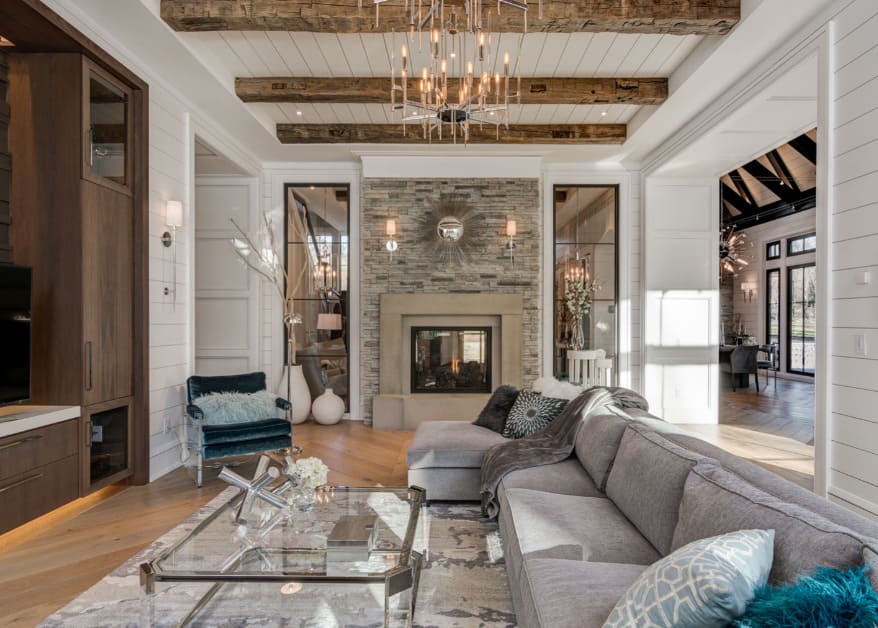
Interior Design for a Custom Home
Designing the interior of a custom home involves creating a space that not only reflects the personal style and preferences of the homeowner but also prioritizes functionality, comfort, and aesthetic appeal. Here are some steps to consider when approaching interior design for a custom home:
1. Understand the Client’s Needs and Preferences
Begin by meeting with the client to understand their lifestyle, preferences, and specific requirements for the home. Discuss aspects such as the number of occupants, preferred architectural styles, desired features, and any special considerations such as accessibility requirements or sustainability goals.
2. Space Planning
Develop a comprehensive space plan that optimizes the layout of the home to suit the client’s needs and activities. Consider factors such as traffic flow, furniture arrangement, spatial relationships, and zoning of public and private areas within the home.
3. Functional Design
Focus on creating spaces that are not only visually appealing but also highly functional and practical. Design each room with its intended use in mind, ensuring that it meets the functional requirements of the occupants while maximizing comfort and usability.
4. Material Selection
Choose materials, finishes, and furnishings that align with the client’s aesthetic preferences and lifestyle requirements. Consider factors such as durability, maintenance, sustainability, and budget when selecting materials for flooring, walls, countertops, cabinetry, and other interior elements.
5. Lighting Design
Develop a comprehensive lighting plan that integrates both natural and artificial lighting to enhance the ambiance, functionality, and visual appeal of the interior spaces. Consider the use of layered lighting, accent lighting, and lighting controls to create versatile and energy-efficient lighting schemes.
6. Color Palette
Select a cohesive color palette that sets the tone for the interior spaces and complements the overall design concept. Consider factors such as the psychological effects of color, natural light conditions, and the desired mood or atmosphere for each room when choosing colors for walls, furnishings, and decor.
7. Customization and Personalization
Incorporate custom elements and personalized touches to make the home truly unique to the client. Explore opportunities for custom millwork, built-in storage solutions, bespoke furniture pieces, and decorative accents that reflect the client’s personality and style preferences.
8. Integration of Technology
Integrate technology seamlessly into the design to enhance convenience, comfort, and connectivity within the home. Consider incorporating smart home systems, integrated audiovisual solutions, automated lighting controls, and other cutting-edge technologies that align with the client’s lifestyle and preferences.
9. Sustainability and Wellness
Incorporate principles of sustainability and wellness into the design by selecting eco-friendly materials, maximizing energy efficiency, optimizing indoor air quality, and promoting occupant health and well-being through thoughtful design choices.
10. Collaboration with Professionals
Work closely with architects, builders, contractors, and other professionals involved in the project to ensure seamless integration of the interior design with the overall architectural vision and construction process. Maintain open communication channels and collaborate effectively to achieve the desired results.
By following these steps and principles, interior designers can create custom homes that not only meet the functional needs of the occupants but also reflect their unique personality, style, and lifestyle preferences, resulting in spaces that are truly one-of-a-kind and tailored to the client’s individual tastes and requirements.

